Home
Why Choose Us
Meet Our Doctors
Procedures
Cataract Procedures
Refractive Procedures
Cosmetic Procedures
Diabetes Eye Management
Pterygium Procedure
Other Procedures
Testimonials
Media
Cataract Procedures
Cataract Surgery
Cataract surgery is a procedure that replaces a cloudy lens in the eye with a clear artificial lens. It's the most common surgical procedure in the world.
Advanced Cataract Surgery
Advanced cataract surgery is a modern procedure that replaces a clouded natural lens with an intraocular lens (IOL). Using laser-assisted techniques.

Refractive Procedures

Cosmetic Procedures
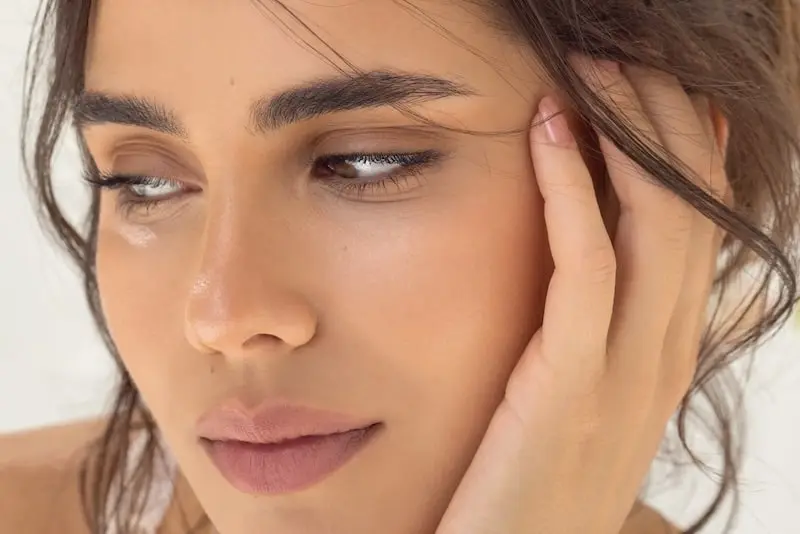
Diabetes Eye Management

Other Procedures
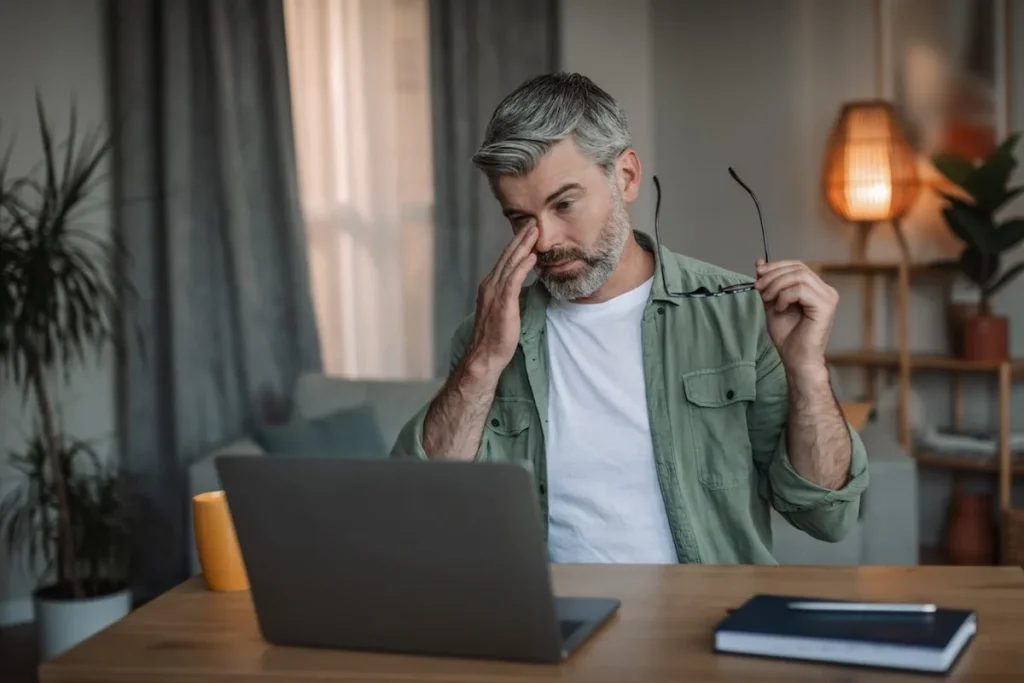

Learn more

Learn more

Learn more
Providing Exceptional
Eye Care in Los Angeles
When Your Eyesight is at its Best, Everything Becomes Clearer — Literally and Figuratively.

Styes & Chalazia
Styes and Chalazia are common eyelid conditions that cause lumps or swelling near the eye. A stye is typically caused by an infection, while a chalazion results from blocked oil glands.
Most people can treat styes and chalazia with at-home remedies, but in some cases, medical intervention may speed up recovery and provide more effective relief. Proper care can relieve symptoms and prevent future occurrences.
What You Need to Know
St. Lucia Eye Center provides expert care to ensure proper treatment, prevent complications of styes, effectively resolve chalazia symptoms, and perform minor procedures to ensure a speedy recovery.
At St. Lucia Eye Center, We Offer Effective Procedures to Alleviate Discomfort and Ensure Proper Healing of Styes and Chalazia
Benefits
- Reduces swelling and discomfort
- Prevents further complications
- Minimizes recovery time with minimal downtime
- Restores eye comfort and health
- Offers both non-invasive and minor surgical treatment options
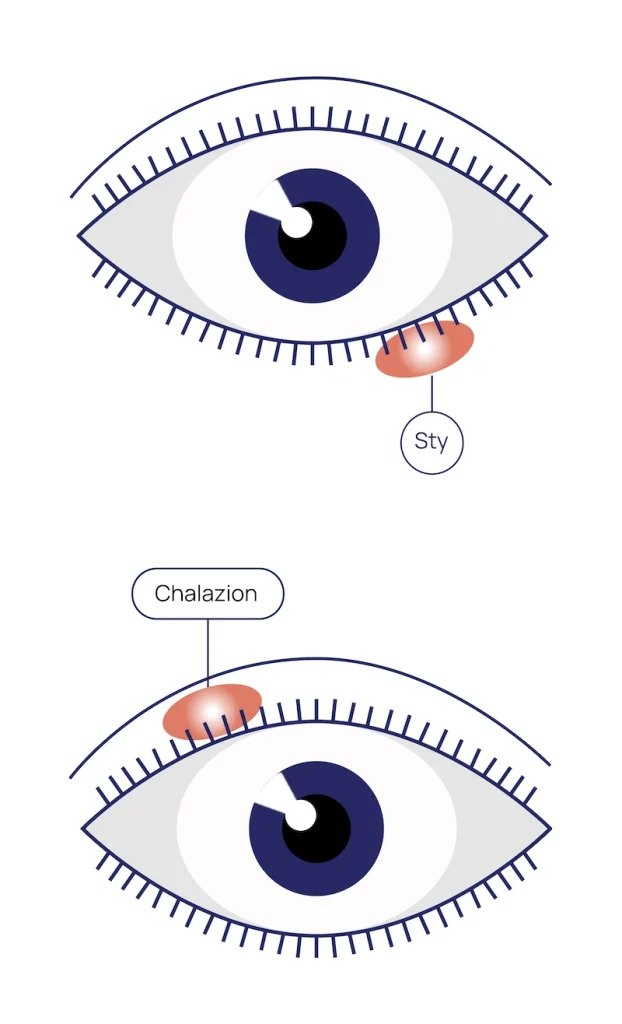
What are Styles & Chalazia?
A stye is a common, often painful condition where a red, swollen bump forms near the edge of the eyelid due to bacterial infection. A chalazion, on the other hand, is a small, non-painful bump caused by blocked oil glands in the eyelid.
Symptoms
- Tenderness
- Swelling
- Discharge
A chalazion may appear as a firm bump and can sometimes cause mild discomfort or affect vision if it grows large enough.
Symptoms
- Tenderness
- Swelling
- Discharge
A chalazion may appear as a firm bump and can sometimes cause mild discomfort or affect vision if it grows large enough.
Difference Between Styles & Chalazia
Stye
A stye typically results from an infection in the oil glands of the eyelid, causing redness, swelling, and pain.
Chalazion
A chalazion is a non-infectious condition caused by a blocked oil gland. It develops slowly and is generally painless unless it grows large enough to press on the eye.
Causes of Styles and Chalazia
Bacterial Infection
Styes occur when bacteria infect the oil glands or hair follicles in the eyelid.
Blocked Oil Glands
A chalazion forms when an oil gland in the eyelid becomes blocked, leading to swelling and a lump.
Poor Eyelid Hygiene
Inadequate cleaning of the eyelid margins can lead to bacterial infections and blockages of oil glands.
Hormonal Changes
Hormonal fluctuations can make the eyelid glands more prone to infection or blockage, especially in puberty or pregnancy.
Stress
Stress can weaken the immune system, increasing your susceptibility to infections like styes.
Chronic Blepharitis
Chronic inflammation of the eyelid can contribute to the development of both styes and chalazia.

We Believe That Everyone Deserves to Enjoy Life With Clear Vision
If you notice swelling or discomfort in your eyelids, don't wait—schedule a consultation at St. Lucia Eye Center for proper diagnosis and treatment.
How are Styles and Chalazia Diagnosed?
An eye care specialist diagnoses the condition through a thorough examination. For styes, a doctor may recommend warm compresses, antibiotic ointments, or even perform a minor surgical procedure for drainage. Doctors usually treat chalazia with warm compresses and may perform a minor procedure for drainage if they don’t resolve on their own.
Physical Examination
The doctor will closely examine the eyelid for visible signs, such as swelling, redness, or a lump.
Slit Lamp Examination
A slit lamp microscope allows the doctor to get a detailed view of the eyelid, oil glands, and surrounding structures.
Evaluation of Associated Conditions
The doctor may look for signs of underlying conditions like blepharitis (eyelid inflammation) or meibomian gland dysfunction.
Styes and chalazia are typically diagnosed through physical examination. Non-invasive treatments like warm compresses and antibiotic ointments are often effective, but a minor procedure may be necessary for severe or persistent cases.
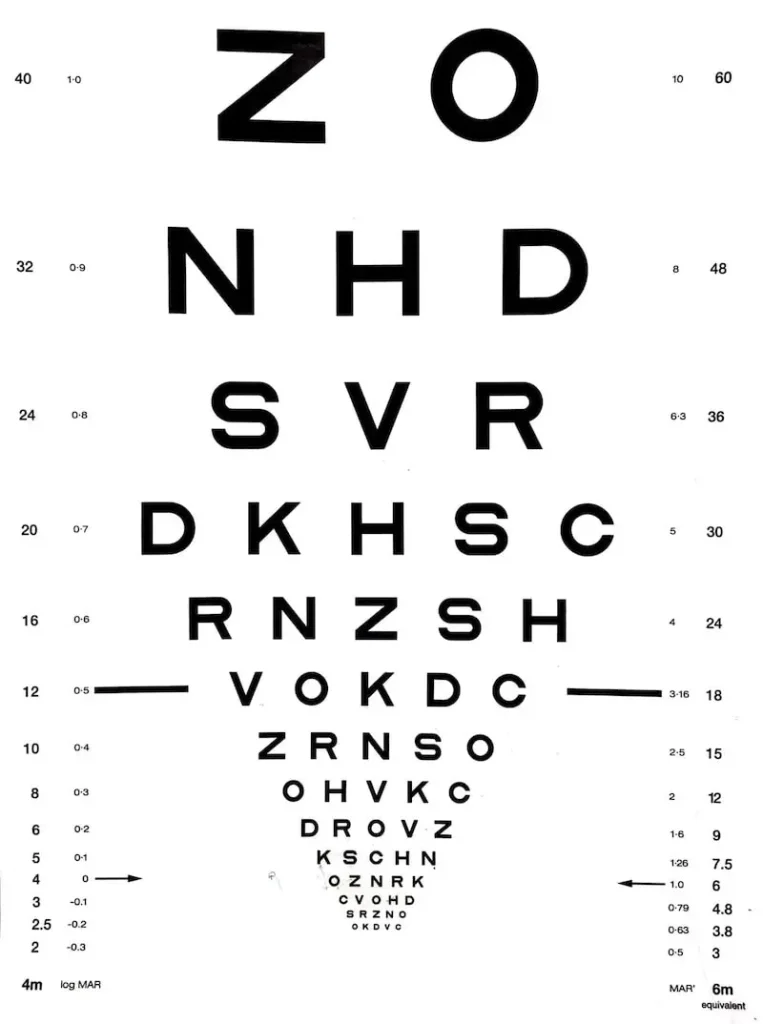

How are Styles and Chalazia Treated?
Styes and chalazia are treated differently due to their causes, but both involve issues with the eyelid glands.
Warm Compresses
Warm compresses are recommended to reduce swelling and promote drainage of the oil gland for both styes and chalazia.
Antibiotic Ointments
If a stye is caused by a bacterial infection, an antibiotic ointment may be prescribed to eliminate the infection and prevent further issues.
Minor Procedure
In some cases, a minor procedure may be necessary to drain the stye or chalazion and promote faster healing.
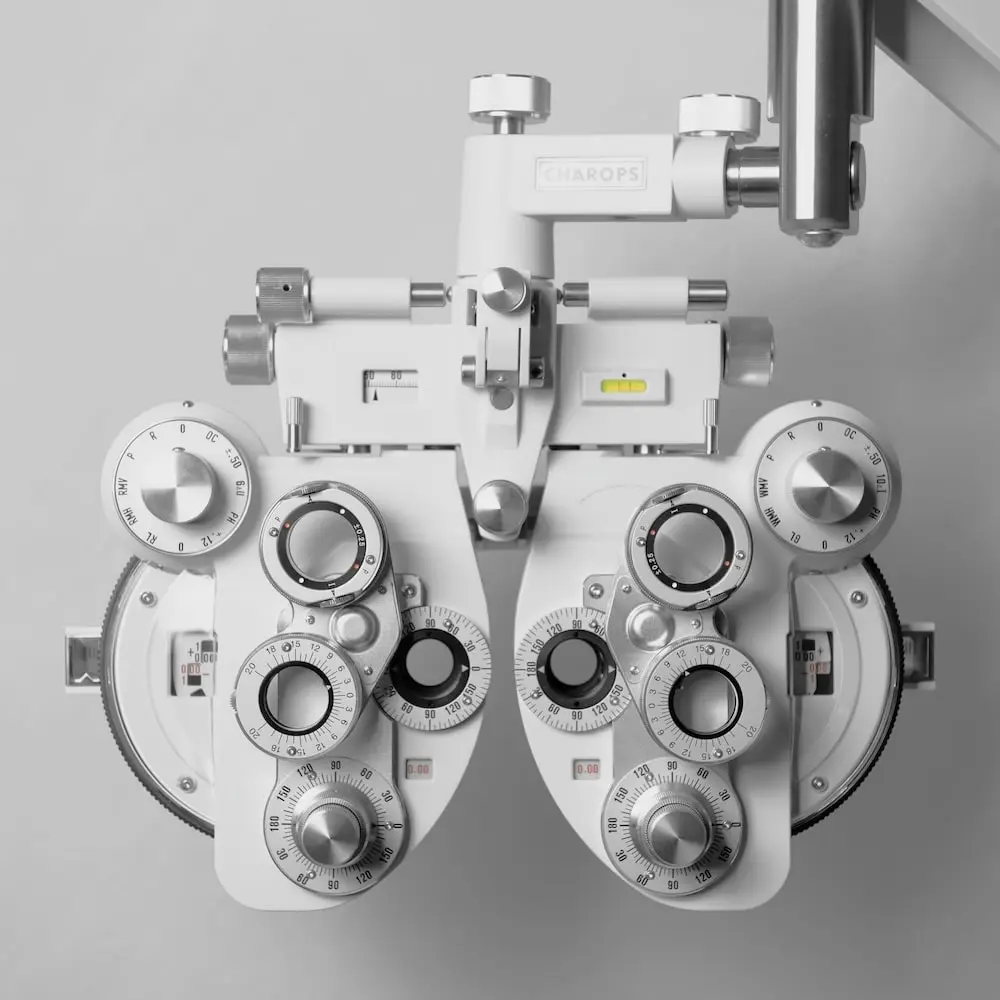
When Do You Need Treatment?
Treatment is necessary when symptoms persist or worsen, or if the chalazion affects vision or causes significant discomfort.
Are you a Candidate?
- Anyone with a bump or swelling on their eyelid
- Individuals with recurrent styes or chalazia
- People suffering from chronic blepharitis
Timing
Early treatment can prevent a stye from worsening or spreading to other areas of the eyelid.
Driving Requirements
No specific driving restrictions unless the procedure or infection affects vision temporarily.
Scheduling
Regular check-ups may be necessary if the stye or chalazion recurs, especially for individuals with chronic conditions like blepharitis.
Key Information about Eyelid Lumps
Understanding Styes and Chalazia
Styes and chalazia are common but can often be managed effectively with proper treatment. Regular eyelid hygiene and early intervention can reduce the likelihood of recurrence.
Proper Hygiene is Crucial
Keeping the eyelid area clean and free from debris can prevent the development of styes and chalazia.
Avoid Squeezing
Squeezing a stye or chalazion can irritate the area further or cause an infection.
Recurrent Styes
Frequent styes may signal an underlying condition, such as blepharitis or a weakened immune system, and a doctor should evaluate them.

